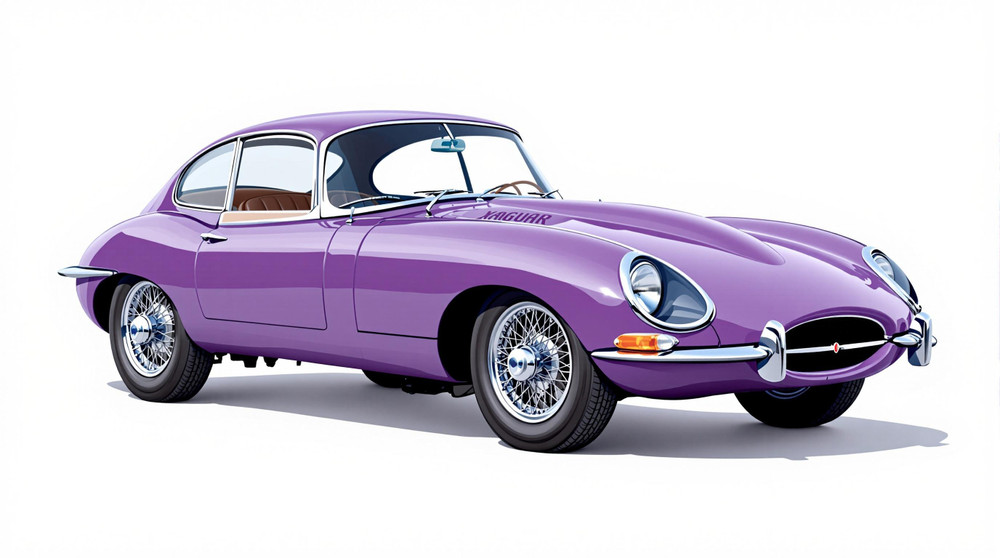Image of 1961 Jaguar Xke, Note: These illustrations use artistic license and may differ from actual historical models.
Performance Metrics
Fundamental Metrics
Emotional Appeal
MMP Rating
| Engine Specifications | |
|---|---|
| Engine: | 3.8L Inline 6 |
| Displacement: | 3781cc |
| Horsepower: | 265 hp |
| Torque: | 260 lb-ft |
| Compression Ratio: | 9.0:1 |
| Ignition System: | Electronic |
| Cooling System: | Liquid-cooled |
| Performance Specifications | |
| 0-60 Time: | 7.1 seconds |
| 1/4 Mile Time: | 15.1 seconds |
| Top Speed: | 150 mph |
| Transmission and Drive | |
| Drive Type: | Rear-wheel drive |
| Transmission Type: | 4-speed manual |
| Fuel and Efficiency | |
| Fuel System Type: | Triple SU carburetors |
| MPG: | 18 mpg |
| Dimensions and Brakes | |
| Brakes: | Disc brakes |
| Wheelbase: | 96 inches |
| Weight: | 2,900 lbs |
Note: Specifications for classic cars are given to the best of our ability, considering the limited and variant data available.
Unveiling the Quintessence of British Elegance: The 1961 Jaguar XKE
When the silk cover was first pulled back at the Geneva Motor Show in 1961, revealing the sleek contours of the Jaguar XKE, it marked a defining moment in automotive history. Born from the lineage of Jaguar's racing pedigree and designed by the aerodynamicist Malcolm Sayer, the XKE, also known as the E-Type, was a British sports car that combined beauty, high performance, and competitive pricing. Its origin traces back to Jaguar Cars Ltd, a manufacturer renowned for creating some of the most iconic vehicles of the 20th century. The XKE quickly became a symbol of 60s cool, a vehicle that even Enzo Ferrari admired as "the most beautiful car ever made."
Design and Innovation
The exterior styling of the 1961 Jaguar XKE was nothing short of revolutionary. Its long bonnet, covered headlights, and sculpted curves were more than just eye-catching; they were an exercise in aerodynamic efficiency. Inside, occupants were treated to a cabin that exuded luxury without compromising on sportiness. Leather seats cradled passengers as they gazed upon an instrument panel that mirrored an aircraft cockpit. The use of high-quality materials such as leather and wood veneer underscored Jaguar's commitment to craftsmanship. Technologically, the XKE was ahead of its time with features like independent rear suspension and disc brakes on all four wheels—a rarity for sports cars during that era. Color options ranged from opulent hues like Carmen Red to refined shades like British Racing Green. Among its body styles—the coupe (FHC), convertible (OTS), and later 2+2—the Fixed Head Coupe remains one of the most iconic silhouettes in automotive design.
Historical Significance
The 1961 Jaguar XKE set new benchmarks for sports car design and performance. It was not just a fast car; it was an accessible dream. With its release, Jaguar managed to democratize performance by offering a vehicle that could rival the exotics from Italy at a fraction of their cost. This audacious move forever altered public expectations of what a sports car could be and influenced generations of automotive design.
Performance and Handling
Underneath its bonnet lay a formidable 3.8-liter inline-six engine that propelled the XKE to speeds exceeding 150 mph—a staggering figure for its time. The sprint from 0-60 mph took place in under seven seconds, ensuring that this Jag could pounce as well as it could prance. On the road, drivers enjoyed responsive handling that made winding roads a delight rather than a chore. The symphony played by its twin exhausts was music to any enthusiast's ears, while the tactile feedback through its wooden steering wheel connected man and machine in harmonious balance.
Ownership Experience
The Jaguar XKE served multiple roles: it was equally at home on daily commutes as it was on weekend races or at prestigious car shows. While maintenance could be demanding due to its sophisticated engineering and parts scarcity over time, many owners found joy in tinkering with their machines—a testament to its DIY-friendly design.
Fun Facts
Did you know that only 7,828 units of the early 3.8-liter models were produced? Or that celebrities such as Steve McQueen and Frank Sinatra were proud owners? The XKE also set records for being one of the fastest production cars at its launch.
Collector's Information
Today, a well-preserved 1961 Jaguar XKE can fetch anywhere between $100,000 to $300,000 depending on its condition, provenance, and originality. Its rarity—especially for early models—and desirability have led to appreciating values over time.
Conclusion
The 1961 Jaguar XKE is more than just a classic car; it's an enduring icon that continues to captivate enthusiasts around the world. Its blend of stunning aesthetics, groundbreaking performance, and cultural significance ensures its place in the pantheon of automotive greats.
1961 Jaguar Xke Catalog of Parts
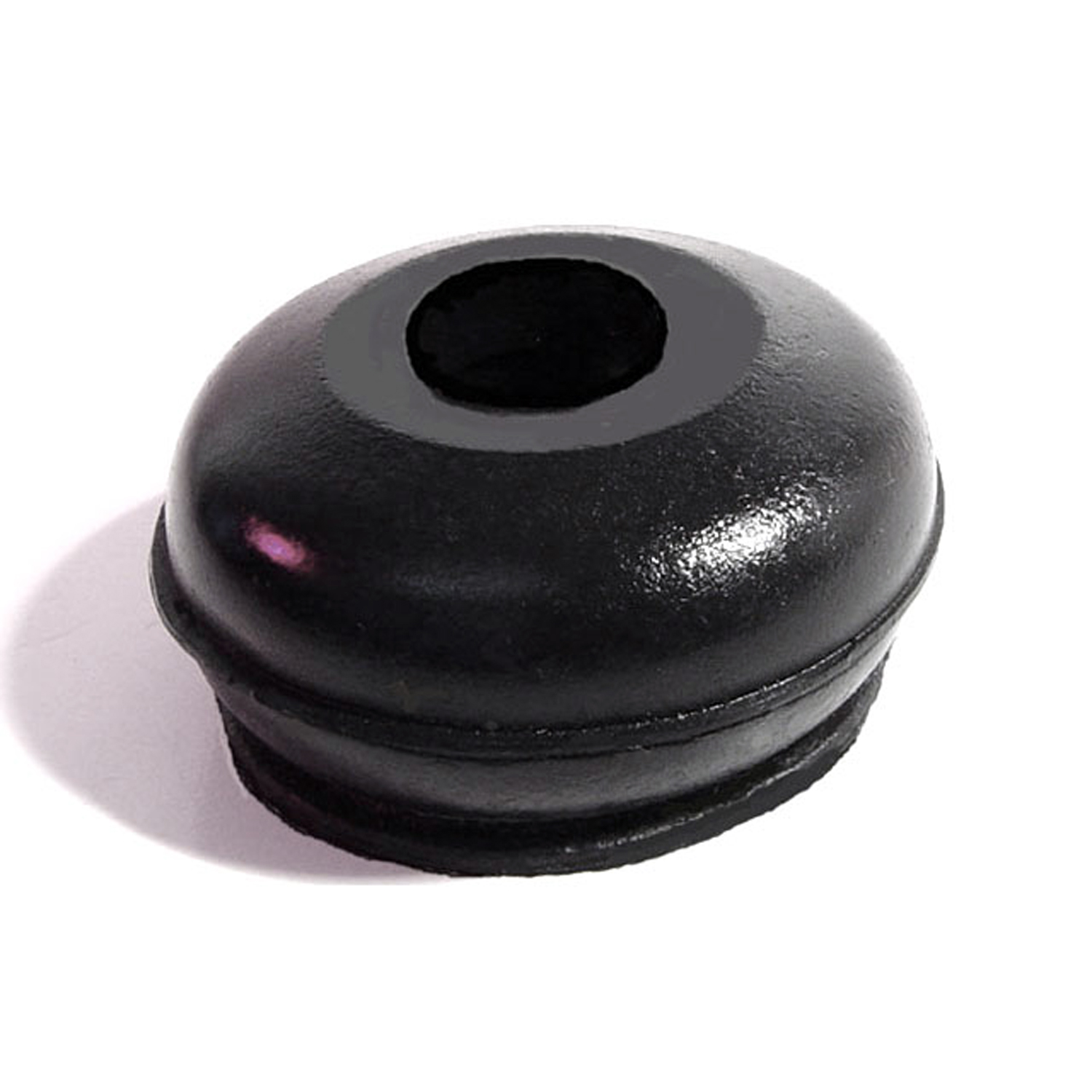 1961 Jaguar XKE Upper and Lower Ball Joint Boot. 5/8" upper I.D-BN 101-AUpper and Lower Ball Joint Boot. 5/8" upper I.D., 1-1/2" bottom I.D., 7/8" high. Each
1961 Jaguar XKE Upper and Lower Ball Joint Boot. 5/8" upper I.D-BN 101-AUpper and Lower Ball Joint Boot. 5/8" upper I.D., 1-1/2" bottom I.D., 7/8" high. Each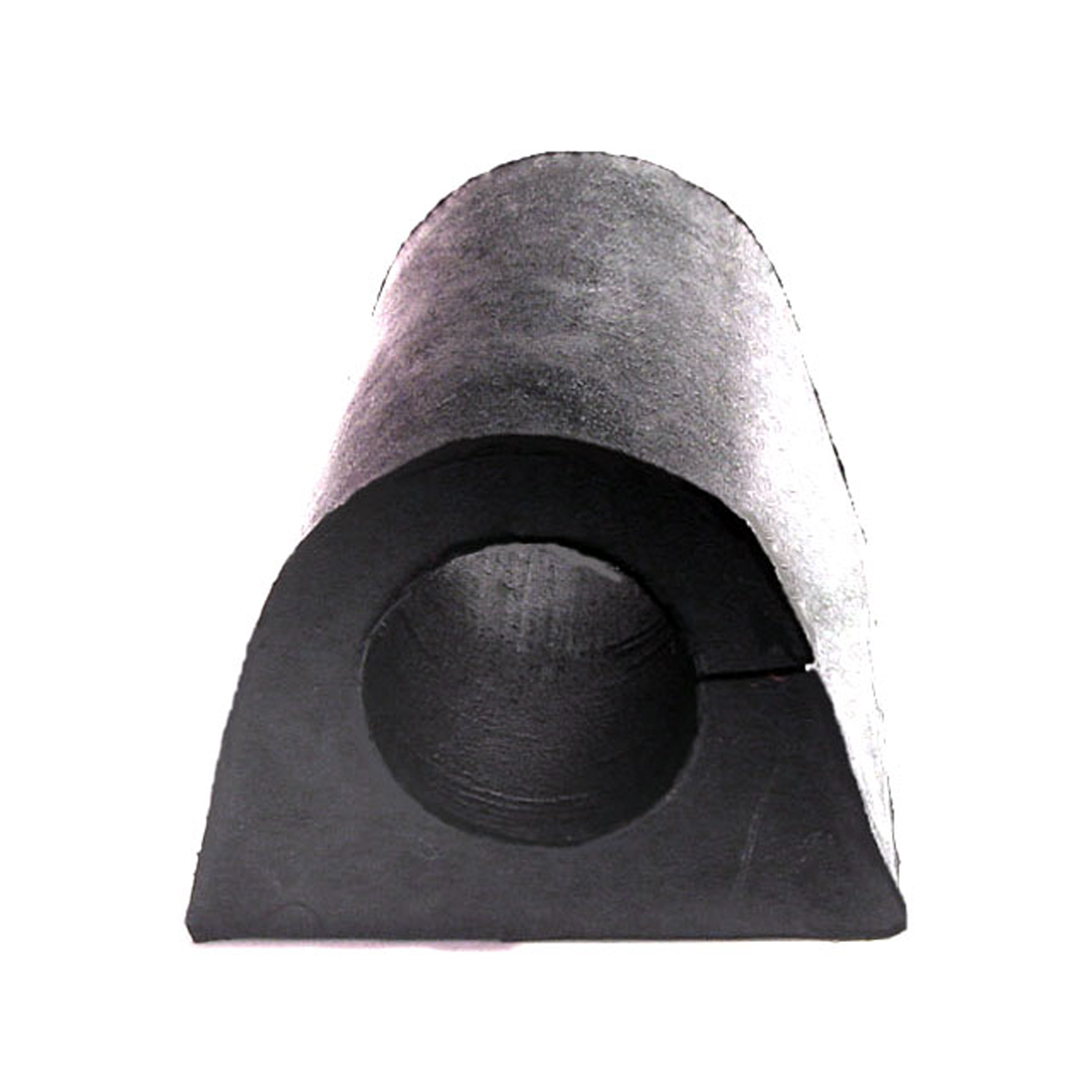 1961 Jaguar XKE Front Stabilizer Bar Bushing-BN 102Front Stabilizer Bar Bushing. 1-1/4" high X 1-3/4" wide X 2" long, with 3/4" I.D. Each
1961 Jaguar XKE Front Stabilizer Bar Bushing-BN 102Front Stabilizer Bar Bushing. 1-1/4" high X 1-3/4" wide X 2" long, with 3/4" I.D. Each 1961 Jaguar XKE Roll Bar Bushing. 1/2" high, with 1/2" hole. Each-BN 2Roll Bar Bushing. 1/2" high, with 1/2" hole. Each
1961 Jaguar XKE Roll Bar Bushing. 1/2" high, with 1/2" hole. Each-BN 2Roll Bar Bushing. 1/2" high, with 1/2" hole. Each 1961 Jaguar XKE Auto Brake Pedal Pad. 3-1/4" wide X 5-1/2" long. Each-CB 75-BAuto Brake Pedal Pad. 3-1/4" wide X 5-1/2" long. Each
1961 Jaguar XKE Auto Brake Pedal Pad. 3-1/4" wide X 5-1/2" long. Each-CB 75-BAuto Brake Pedal Pad. 3-1/4" wide X 5-1/2" long. Each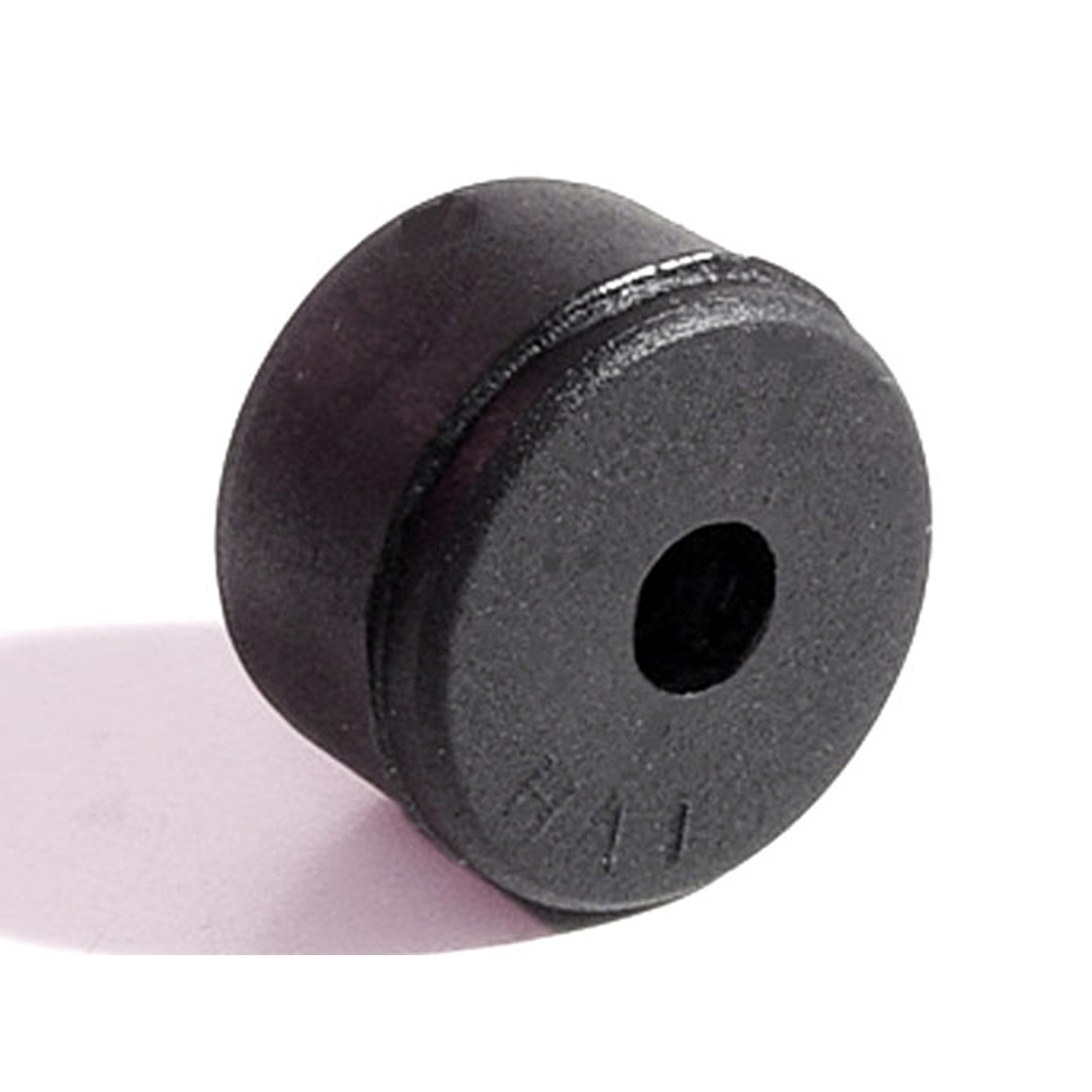 1961 Jaguar XKE Bonnet Bumper. Hollow center to snap over stud. 13/16" O-HA 10Bonnet Bumper. Hollow center to snap over stud. 13/16" O.D. X 7/16" high. Each
1961 Jaguar XKE Bonnet Bumper. Hollow center to snap over stud. 13/16" O-HA 10Bonnet Bumper. Hollow center to snap over stud. 13/16" O.D. X 7/16" high. Each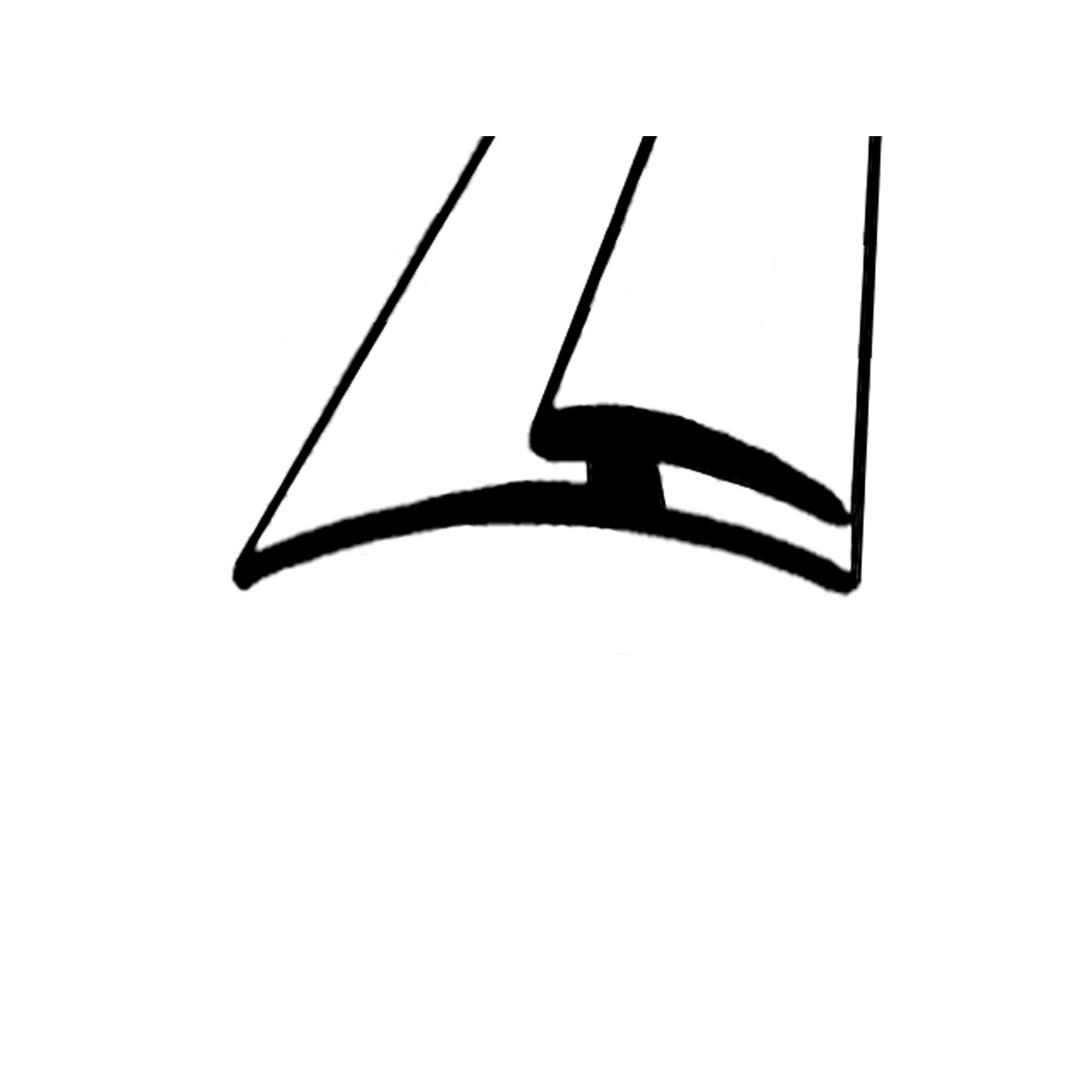 1961 Jaguar XKE Rear Bumper to Body Seal. 1" wide. Sold by the foot-LP 109-D/FTRear Bumper to Body Seal. 1" wide. Sold by the foot
1961 Jaguar XKE Rear Bumper to Body Seal. 1" wide. Sold by the foot-LP 109-D/FTRear Bumper to Body Seal. 1" wide. Sold by the foot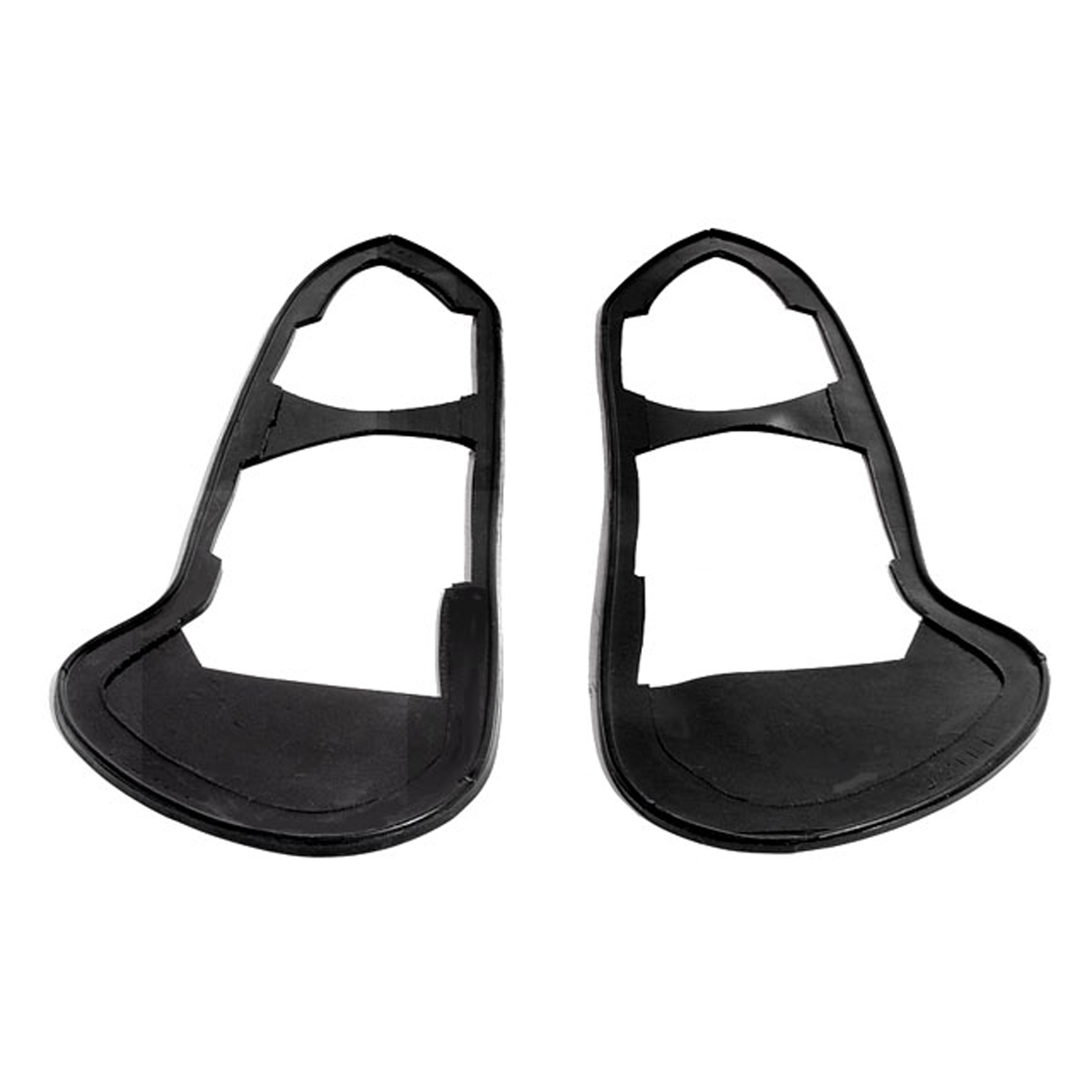 1961 Jaguar XKE Tail-light Pads. For Convertible-MP 799-HHTail-light Pads. For Convertible. 3-3/8" wide X 11-1/4" long. Pair R&L
1961 Jaguar XKE Tail-light Pads. For Convertible-MP 799-HHTail-light Pads. For Convertible. 3-3/8" wide X 11-1/4" long. Pair R&L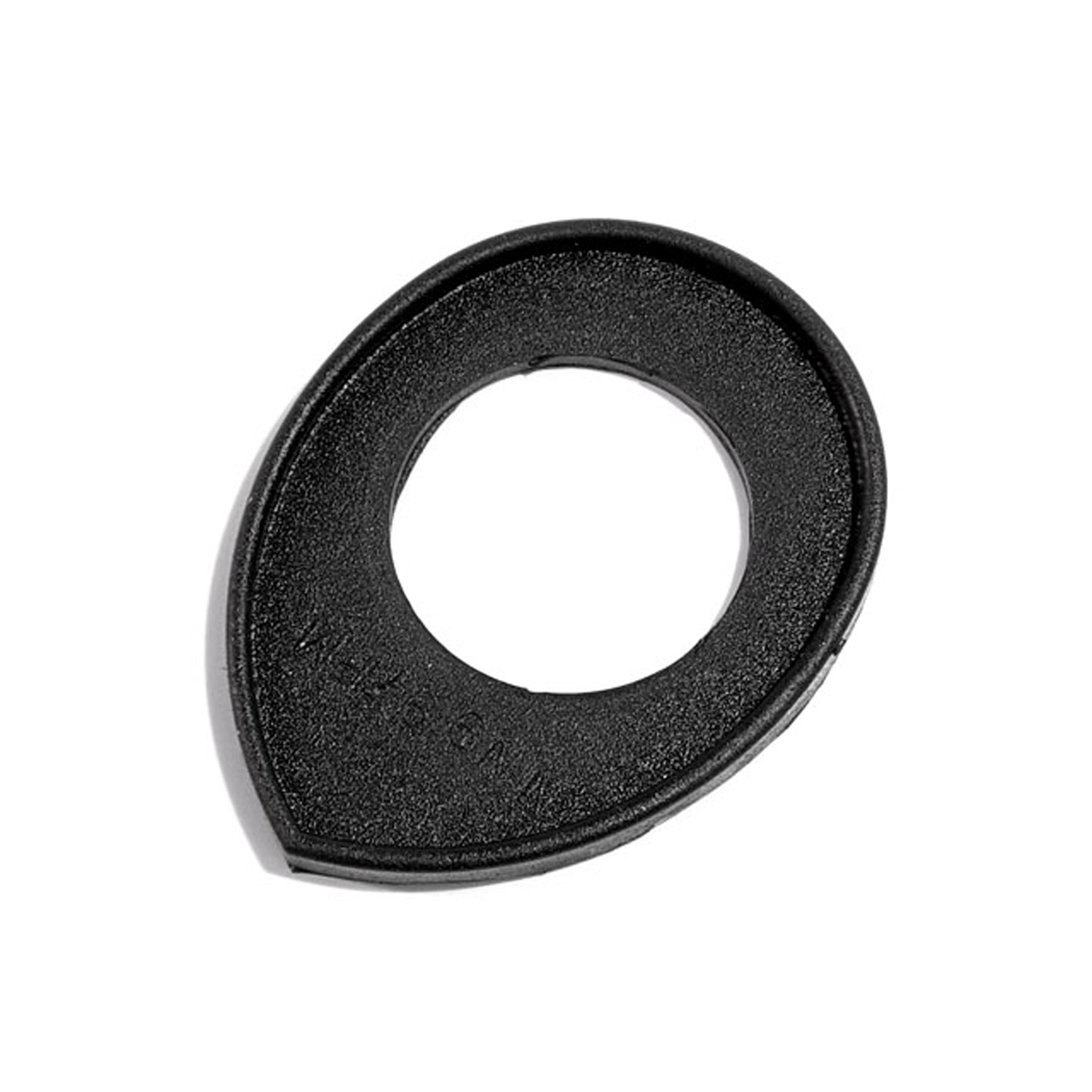 1961 Jaguar XKE ANTENA BASE PAD, JAGUAR XJ SERIES I & II ALSO E SERIES III-MP 799-NNANTENA BASE PAD, JAGUAR XJ SERIES I & II ALSO E SERIES III
1961 Jaguar XKE ANTENA BASE PAD, JAGUAR XJ SERIES I & II ALSO E SERIES III-MP 799-NNANTENA BASE PAD, JAGUAR XJ SERIES I & II ALSO E SERIES III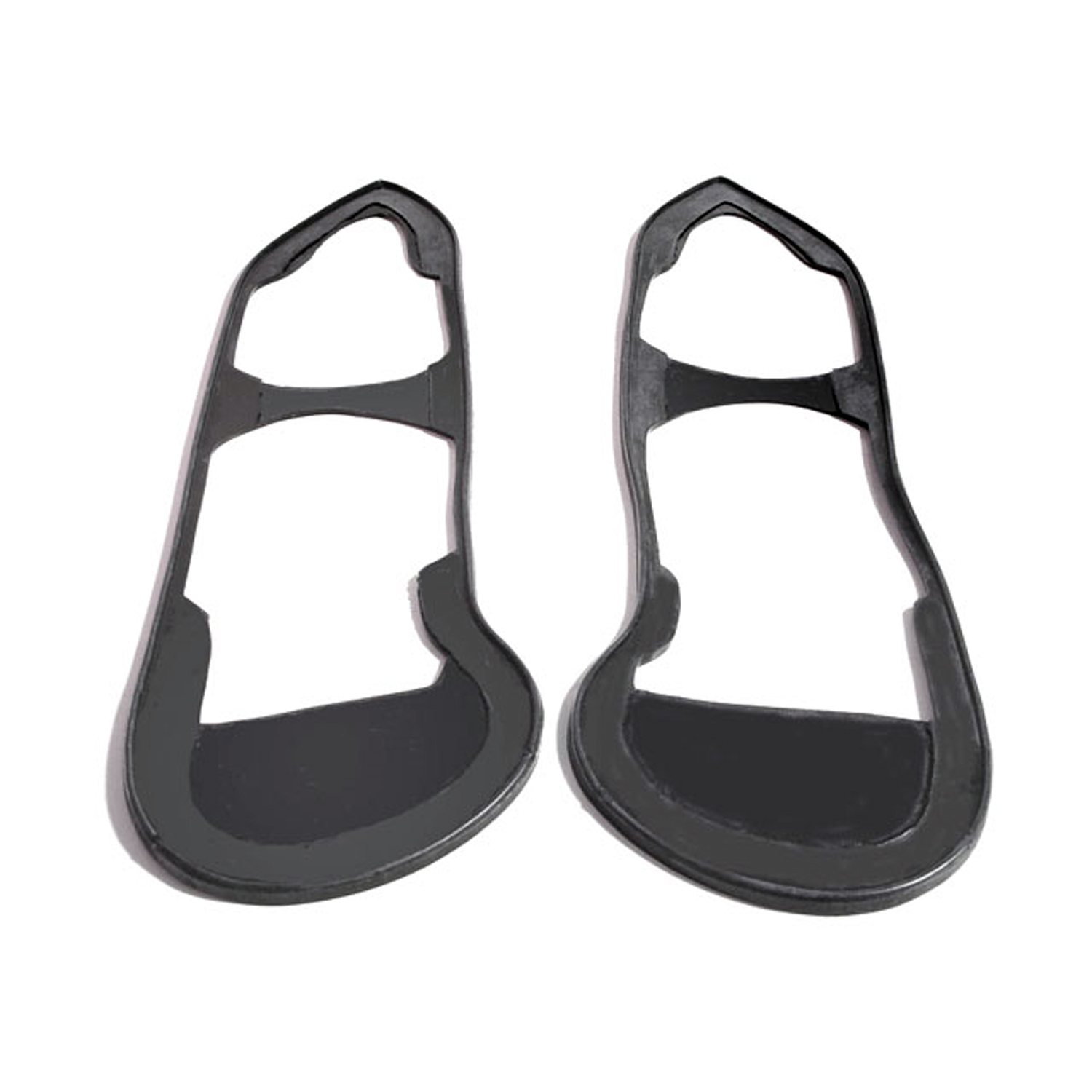 1961 Jaguar XKE Tail-light Pads. For Coupe. Perfect reproduction-MP 799-TTTail-light Pads. For Coupe. Perfect reproduction. 3" wide X 11-1/2" long. Pair R&L
1961 Jaguar XKE Tail-light Pads. For Coupe. Perfect reproduction-MP 799-TTTail-light Pads. For Coupe. Perfect reproduction. 3" wide X 11-1/2" long. Pair R&L 1961 Jaguar XKE Front Lens Seals. Grey sponge with adhesive back-MP 799-VVFront Lens Seals. Grey sponge with adhesive back. Perfect fit. Pair
1961 Jaguar XKE Front Lens Seals. Grey sponge with adhesive back-MP 799-VVFront Lens Seals. Grey sponge with adhesive back. Perfect fit. Pair 1961 Jaguar XKE Front Light Pads. 2-5/8" wide X 10" long. Pair R&L-MP 799-XXFront Light Pads. 2-5/8" wide X 10" long. Pair R&L
1961 Jaguar XKE Front Light Pads. 2-5/8" wide X 10" long. Pair R&L-MP 799-XXFront Light Pads. 2-5/8" wide X 10" long. Pair R&L 1961 Jaguar XKE Spark plug wire boot. Exclusive Metro part-RP 1-KSpark plug wire boot. Exclusive Metro part. Fits on the distributor cap end. Note: looks similar to coil boot, but is physically smaller. Replaces OEM# CO 2609. Each.
1961 Jaguar XKE Spark plug wire boot. Exclusive Metro part-RP 1-KSpark plug wire boot. Exclusive Metro part. Fits on the distributor cap end. Note: looks similar to coil boot, but is physically smaller. Replaces OEM# CO 2609. Each.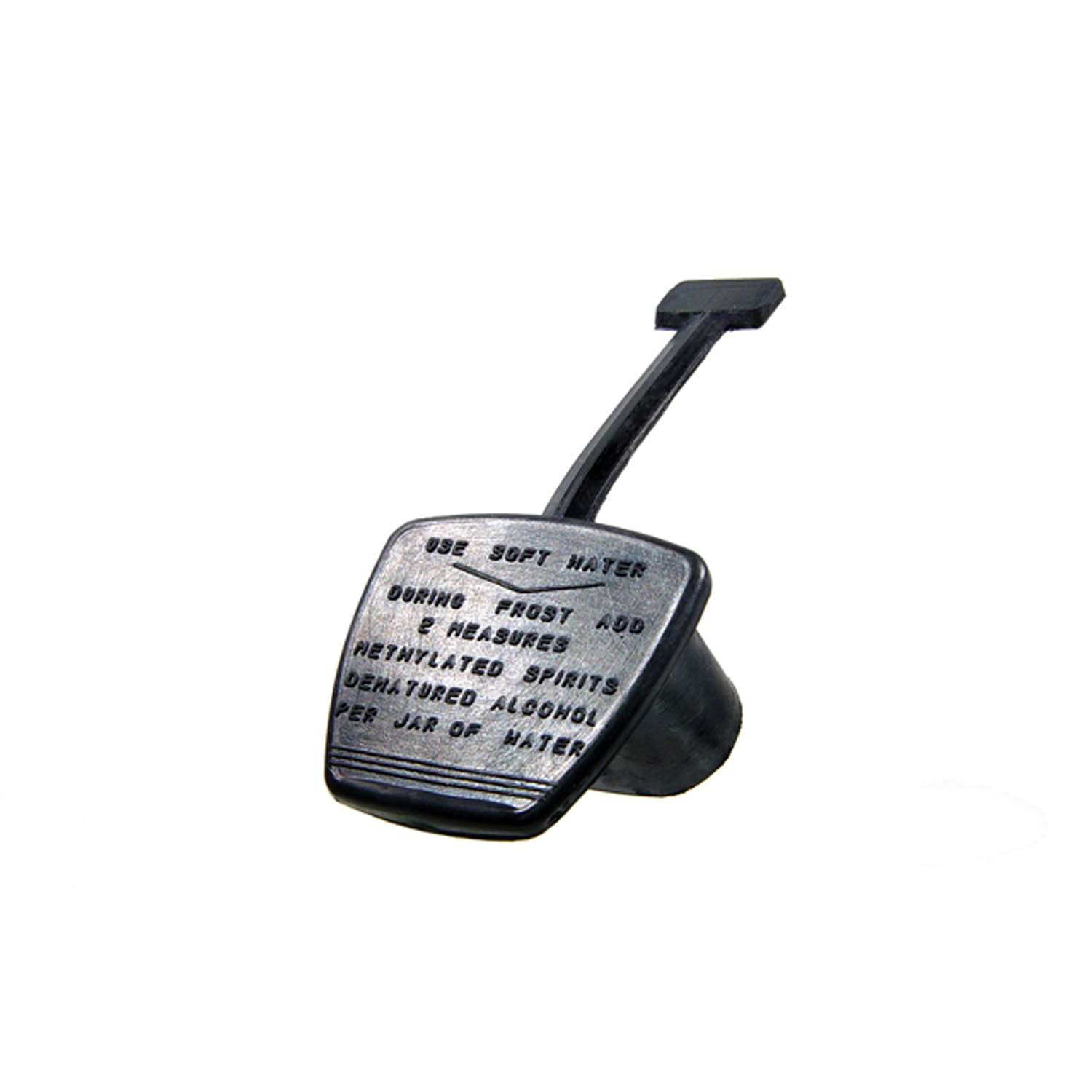 1961 Jaguar XKE Washer Bottle Cover. May fit some XK 150. Each-RP 800Washer Bottle Cover. May fit some XK 150. Each
1961 Jaguar XKE Washer Bottle Cover. May fit some XK 150. Each-RP 800Washer Bottle Cover. May fit some XK 150. Each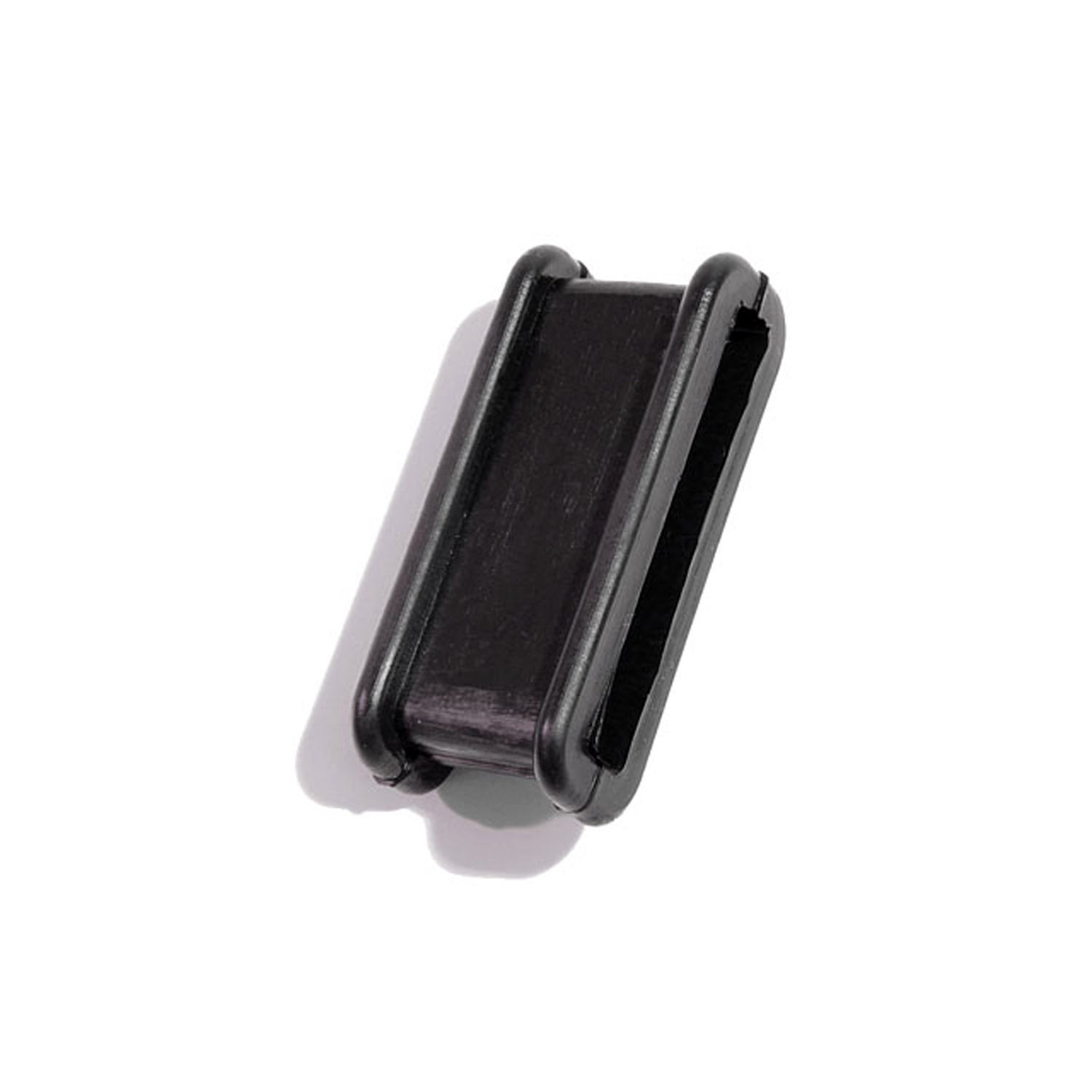 1961 Jaguar XKE Spark Plug Wire Holder Insulation. Each-SM 30-JSpark Plug Wire Holder Insulation. Each
1961 Jaguar XKE Spark Plug Wire Holder Insulation. Each-SM 30-JSpark Plug Wire Holder Insulation. EachWhy Choose Metro?
For over 100 years, Metro Moulded Parts has been the pinnacle of quality in classic car restoration parts. Our commitment to precision and authenticity in every component ensures a perfect fit and an OEM-level appearance.
- Expert Craftsmanship & Quality: Each part is a testament to our dedication to reliability and perfection, crafted from original designs and thoroughly tested.
- Advanced Technology: We use cutting-edge techniques to create flawless, long-lasting parts that surpass others in performance.
- SuperSoft Sponge – The Ultimate Door Seal: Not only are our door seals 30% softer than competitors', but they're also guaranteed to never leak. They effectively reduce wind and road noise, enhancing your classic car's comfort and driving experience.
- Proudly American: Our parts are a product of American craftsmanship, made in the USA with a spirit of excellence and heritage.
- Unrivaled Warranty: We back our products with a 30-year industry-leading warranty, a testament to our confidence in their quality.
Join us in preserving the legacy of classic cars with parts that are crafted for perfection, not just made.

